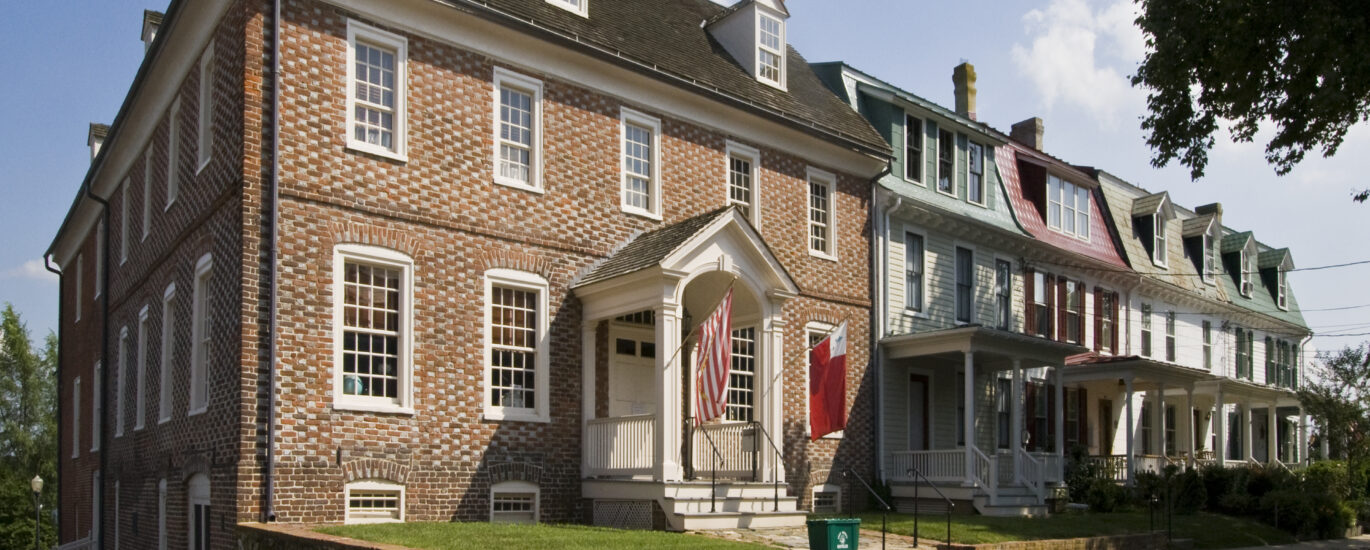Welcome to Historic Chestertown, Maryland, a captivating destination teeming with stories from the past that echo through its charming streets and venerable landmarks. Established in 1706, Chestertown quickly became an important hub of commerce and culture in colonial America. Situated along the Chester River, its strategic location made it a bustling port town, where ships laden with goods from the Old World exchanged their cargo for the riches of the New World.
Let’s travel back to the colonial era, a time when Chestertown thrived as a major port. The town’s merchants and shipbuilders were central to the local economy, and the Chester River served as a vital artery for trade. In 1774, Chestertown made its mark on history with the Chestertown Tea Party, a spirited protest against British taxation. Inspired by the Boston Tea Party, local patriots disguised as Native Americans boarded a British ship and tossed its tea cargo into the river, a bold act of defiance that signaled the town’s fervent revolutionary spirit.
The town’s significance continued to grow in the post-revolutionary period. By the early 19th century, Chestertown was a center for agriculture and shipbuilding. The town played a crucial role during the War of 1812, when local militia and citizens defended it against British attacks. As you stroll through the town, imagine the brave men and women who stood their ground to protect their homes and livelihoods.
Throughout the years, Chestertown has been home to notable figures who left an indelible mark on its history. One such figure is James M. Cain, the famed novelist known for ‘The Postman Always Rings Twice’ and ‘Double Indemnity.’ Cain spent his formative years here, drawing inspiration from the town’s rich tapestry of life.
Today, Chestertown is celebrated for its well-preserved colonial architecture, with many buildings dating back to the 18th century. As you explore the town, take note of the historic Christ Church, a place of worship that has been a cornerstone of the community since its founding in 1694. The church’s enduring presence offers a glimpse into the spiritual life of the town’s early residents.
In the broader context of American history, Chestertown symbolizes the resilience and ingenuity of the colonial and early American spirit. Its legacy is preserved not only in its buildings and landmarks but also in the vibrant community that continues to honor and celebrate its storied past.
Today, visitors to Chestertown can enjoy its rich cultural offerings, from the annual Chestertown Tea Party Festival that commemorates its revolutionary heritage to the vibrant arts scene that attracts creatives from far and wide. As you conclude your visit, take a moment to reflect on how this small town has played a significant role in shaping the nation’s history, offering lessons of courage, community, and transformation.




